
Archives
Contribute
| India: Classical Period - 700 BCE To 200 BCE - Language And Literature |
Prem Nagar
04/07/2021
Language and Literature flourished in India during the Classical period. Material from the Vedas and the Vedic literature were codified into knowledge texts which developed as aphorism sutra literature. Books on social conduct dharma, astronomy jyotiá¹£a, rituals kalpa, recitation chanda and grammar vyÄkaraṇa were composed. After the formalization of the rules of grammar, these codes were developed into organized texts Å›Ästra, that have become foundational to Indian culture. The book on grammar aá¹£á¹ÄdhyÄyÄ« by Panini and the book on drama nÄá¹yaÅ›Ästra have received worldwide application. Buddhist literature spread to southeast Asia. The Vedas were first analyzed by the grammarian Yaska in 6th century BCE. He tried to dissect the words out of the Vedic recitations. YÄska categorized words into four classes: noun nÄma, verb ÄkhyÄta, prefix upasarga, and conjuncts nipÄta. Phonetic units as syllables were already in use from the older languages and another grammarian PÄṇini applied these in analyzing the Vedic recitations. Through extensive analysis and leaning on the works on ten other previous grammarians, Panini in 5th century BCE discovered the rules of human speech in forming a word and composing a sentence. The alphabet mÄheÅ›varasÅ«trÄṇi was organized in fourteen verses. He enunciated phonemic unit varṇa and divided the speech sounds into two classes: consonants vyañjana (breathing related) and vowels svara (voice related) Figure 1. He noticed three levels of intonations, high-pitch udÄtta, low-pitch anudatta and medium-pitch svarita. Further he coded three time-durations in creating an utterance: short hrasva, long dÄ«rgha, and prolonged pluta. He categorized that empirically the vowel has to carry the consonant to express the utterance Figure 2. For many millennia people in Northern-India spoke ÅšaurasenÄ«, MÄgadhÄ«, AvantÄ«, ArdhamÄgadhı̄, MÄhÄrÄá¹£á¹rı̄, and others. Vararuchi compiled PrÄkrá¹a-PrakÄÅ›a, a Prakrit grammar Figure 3. Buddhist literature was composed in PÄli, a hybridized language of MÄgadhÄ« and Sanskrit. A parallel religion, Jaina scholars composed their literature in PrÄká¹›it. Most Indian and east Asian scripts originated from BrÄhmÄ« script. Figure 7 exhibits what language evolved from which possible origin. Structured grammar helped create formal literature of drama, poetry and prose. Original material developed in Sanskrit, Prakrit and other languages. A playwright Bhasa is known to have produced feature-length plays for stage production around 5th century BCE. His many manuscripts are being lately discovered. The art of storytelling took a formal form with the bards traveling around the country thus helping to build a national literary foundation. More importantly, India’s health manual Sushruta Samhita was compiled with the techniques of herbal treatment, nutrition, hygiene and surgical procedures. The economist Chanakya compiled Arthashastra, the book on politics, statecraft and social conduct. This manual helped create the structured society in India with the inter-dependence of skills and trades creating India the most opulent nation on earth in 3rd century BCE. Most scholars worked at Takshashila, the largest university of the world that operated from 6th century BCE to about 7th century CE. Mr. Prem Nagar leads the Language and Literature track in India Discovery Center project on "Evolution of Indian Culture: Pre-history to 1947AD". More information and updates on the project are available at Information on India Discovery Center is at (c) Copyright 2021 India Discovery Center, Inc. All rights reserved.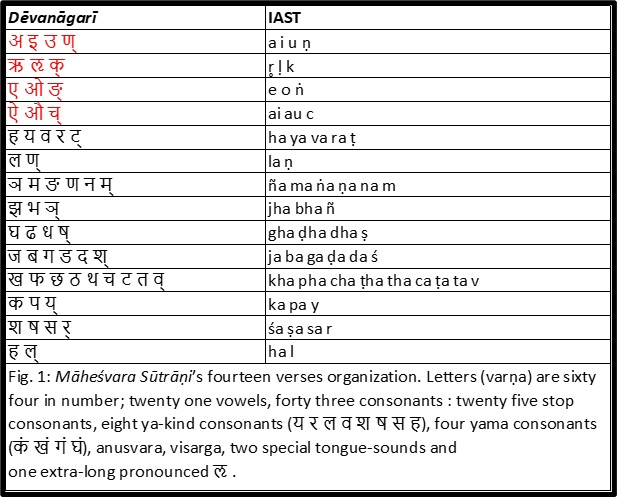
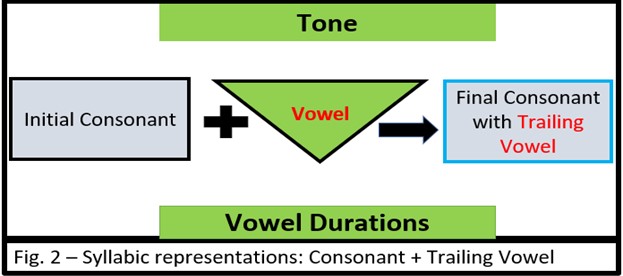
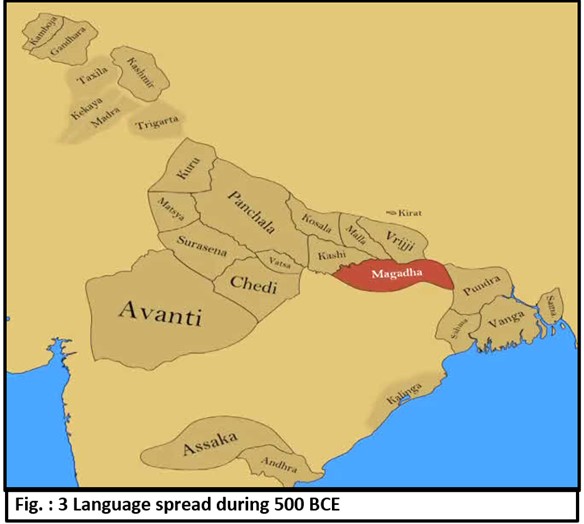
Several Dravidian languages were in use in south India. Vedic Sanskrit, Prakrit and Dravidian languages had similar sound system. Åšaá¹…gam literature and Proto-Tamil language emerged around 3rd century BCE. TolkÄppiyam, a grammar of Tamil language, was compiled by Tholkappiyar. It formulated the Tamil phonemes, Figure 4.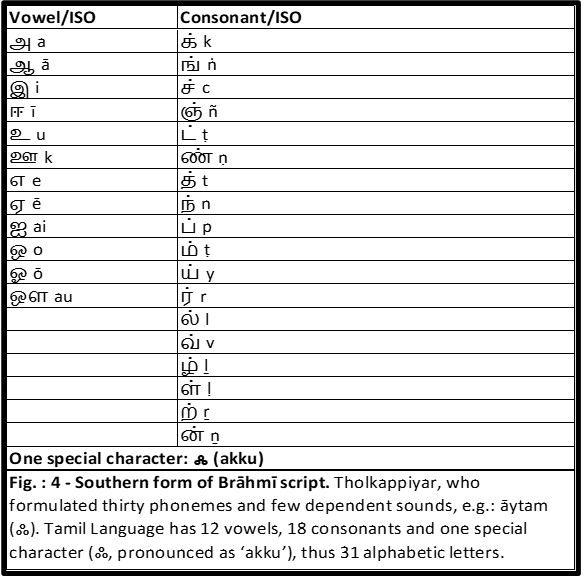
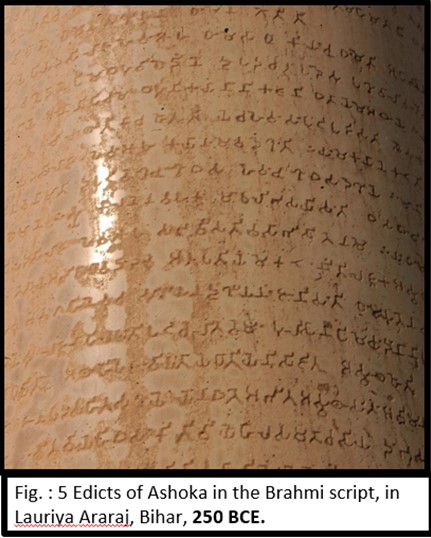
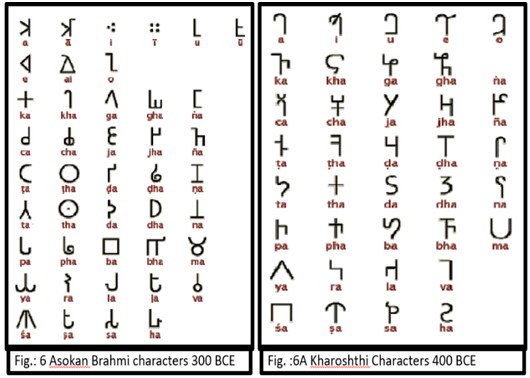
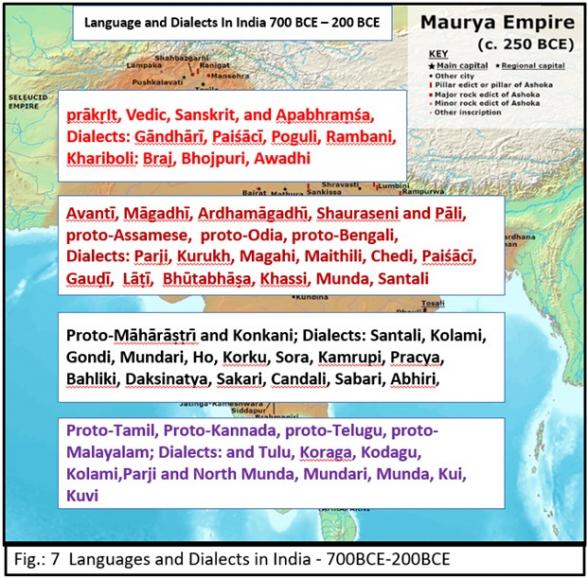
You may also access this article through our web-site http://www.lokvani.com/







